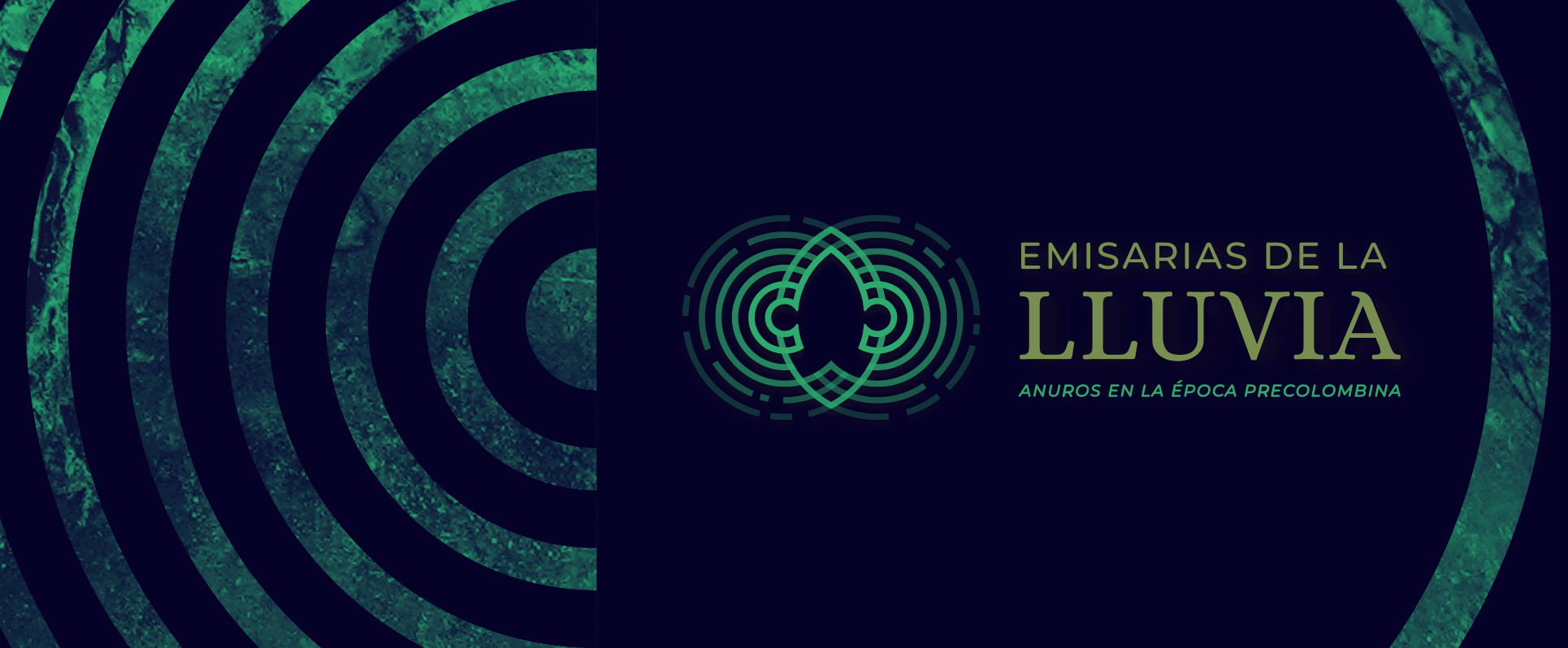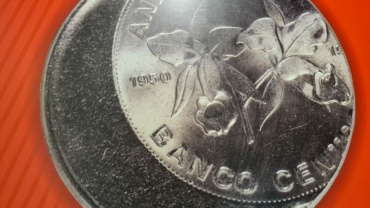

Review
The various representations of anurans in the archaeological artifacts show that the worldview of the indigenous peoples was based on a sharp understanding of the environment.
Myths, legends and iconographies of frogs and toads are associated with profound themes such as death, fertility, life, and femininity. These animals appear in indigenous worldviews to explain the existence of natural phenomena, or to characterize some identity traits.
The exhibition Emisarias de la lluvia provides an approach to the representations of these animals and the importance they had for the pre-Columbian peoples of Costa Rica. It is presented from an interdisciplinary point of view, articulating the archaeological, ethnographic, and biological perspectives, and also highlighting the sharp understanding of pre-Columbian peoples of the environment and of how these animals reproduced.
The cultural interpretations end up in a current reflection on the conservation of the environment and the urgency of preserving these species, given their key role in detecting pollution and environmental imbalances.
With this exhibit, visitors will also learn about the anatomy, the differences between frogs and toads, the identification of species, forms of reproduction, particular traits of this animal family, and the risk they currently live under as a consequence of environmental imbalance.
Short Tour
The fact that hundreds of millions of years ago the amphibians were the first group to sprout four limbs and emerge from water onto solid ground sets them apart from other vertebrates, from an evolutionary standpoint.
These animals need water to survive and to protect their offspring, because they do not have a uterus, where they store their offpring, like mammals or semi-permeable eggs like birds and reptiles to keep them moist.
You can tell toads apart from frogs by the shape of their bodies and because toads have prominent glands where they store poisons to defend themselves against predators.
Animals were intricately woven into the worldviews and lifestyles of pre-Columbian peoples, often portrayed as characters of myths and legends with supernatural powers.
They were cast in stories as spirits and extraordinary beings. Their remarkable behaviors, abilities, skills, and physiological features are highlighted in archaeological objects.
One of the main elements attributed to anurans in the indigenous worldview is water.
Traditionally, water is linked to life and its flow into continuity. It is also a fertility symbol due to its purity and its ability to make crops grow, as well as being a fertile environment for the growth of tadpoles.
Soil is also linked to agricultural fertility, which is closely associated with water in mythology.
In the mythology of the Americas, anurans have been linked to the rain. Human identities have been given to these animals, such as being the wife of the sun.
Anurans have also been dubbed messengers or "ambassadors of rain," capable of forecasting climatic changes or cyclones that can help or damage crops.
Some stories associate them with the sky, "falling from it" during the first showers each year and granting life to puddles and creeks.
Among the Bribri and Cabecar indigenous peoples of Costa Rica, anurans are assistants to the undertakers, caretakers of mortuary bundles in the myths of the creation of the sea, and gatekeepers to the underworld in archaeological contexts such as funerary offerings
Frogs and toads may have figured as collaborators and protectors in the transition of souls given their ability to move easily between the astral levels of life/water and death/earth
Anurans have long been considered a model for reproductive biology. Similarly, the feminine gender has been assigned to anurans in mythology as a producer of life, bearer of fertility, and broadly associated with the soil and all those elements which live and grow from it.
In the same light, various cultures have connected the concept of a "toad" to the concept of the "vagina".
Today, some of the anurans depicted in ceramic vessels are endangered species due to climate change, pollution, diseases, and the urban and agricultural sprawl that eliminates their habitat.
Of 147 Costa Rican species, 2 have been declared extinct, 28 are critically endangered, 14 are in a vulnerable situation, and 87 are in a category of less concern and are being monitored.
The survival of anurans is a global crisis. One third of the 7000 existing species are now threatened with extinction.





